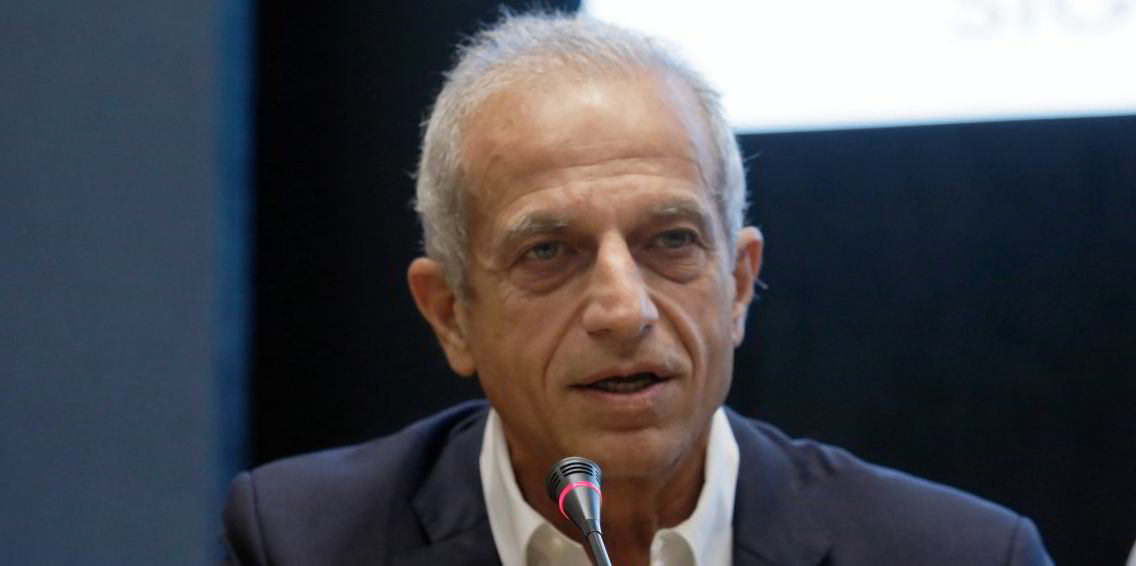United Maritime has completed another sale-and-leaseback deal that will generate a shot of liquidity that will probably be spent in growing its fleet of bulkers.
The shipowner sold the 76,400-dwt panamax Exelixsea (built 2011) this month to an unnamed Japanese counterparty and leased it back, in order to refinance an existing $13m loan facility.
The Nasdaq-listed company has options to repurchase the vessel after the first two years of the six-year lease, at the end of which it will receive ownership at no extra cost. The financing amount is $13.8m, bearing 2.65% interest plus the Secured Overnight Financing Rate.
United said it has already made a start in renewing its fleet by chartering in an 82,235-dwt, 2016-built Japanese-built kamsarmax on an 18-month bareboat charter, which will begin when it delivers later this year.
The description matches that of the Scarlet Robin, which is owned by Minamoto Kisen of Japan. United said it plans to rename the vessel Nisea.
Following the $7.5m down payment, United will pay a daily rate of $8,000 over the period of the bareboat charter.
It has the option to buy the ship for $16.6m at the end of the contract, making the deal worth up to $28.5m in total.
United has also fixed out its 78,200-dwt panamax Chrisea (built 2013) for a further 12 to 15 months at a higher rate than previously with its existing charterer.
The floating-rate contract will renew in direct continuation with the old one in June and was fixed at what it called an “improved” index-linked rate, which was not disclosed.
Results
United booked an adjusted net loss of $600,000 for the fourth quarter of last year, equivalent to a loss of $0.07 per share. Adjusted net income in the same period of 2022 was $39.8m.
United finished 2023 with annual profit of $200,000, compared with $37.5m the previous year.
Net vessel revenue was 58% higher than during 2022, but so were voyage expenses and items such as interest and finance costs.
This meant the fleet earned an average daily time charter equivalent rate of nearly $15,400 last year, compared with $28,800 in 2022, its first almost full year of operation. United was established on 20 January that year.
The quarterly loss did not prevent the company from paying out a dividend of $0.075 per share for the period, which it said represents an 11% annualised yield.
United has distributed a total of $10.7m in dividends, almost half of its market capitalisation, over the past 15 months and has spent around $6.7m in repurchasing its own shares since September 2022.
Forward view
The shipowner has covered around 78% of its operating days at an average gross rate of $13,797 per day during the first quarter.
It expects the fleet’s daily TCE earnings could be a few hundred dollars higher if the physical market follows the trajectory of the forward curve for freight rates this quarter.
“Taking advantage of the recent strength in our market and the resulting rally in freight futures, we are now covering some of our second-quarter ownership days at higher rates,” chief executive Stamatis Tsantanis said in the company’s report.
He described the outlook for the capesize market as “constructive”, based on a low level of scheduled deliveries, continued strong demand and disruptions to traffic in the Panama Canal and Red Sea.
“The healthy dry bulk market seen so far in the first quarter seems to be sustainable through the rest of the year, making us optimistic about our financial performance in 2024 with a fleet that will consist of three capesize, three kamsarmax and three panamax vessels,” he said.
Last year, United took cash generated in previous deals and reinvest it in bulk carriers, spending $144m on two capesizes, two kamsarmaxes and three panamaxes.
“In addition to achieving a positive net income, we tripled the book value of our fleet. This was accomplished organically, without resorting to any dilutive equity offering,” Tsantanis said.
The book value of United’s fleet was $152.5m at the end of 2023, including its two chartered-in panamaxes.
“With regards to our investment strategy, we are pleased with the timing of our transition towards larger sizes of dry bulk vessels, as we are currently witnessing the strongest first quarter for the dry bulk market of the past decade,” Tsantanis said.






